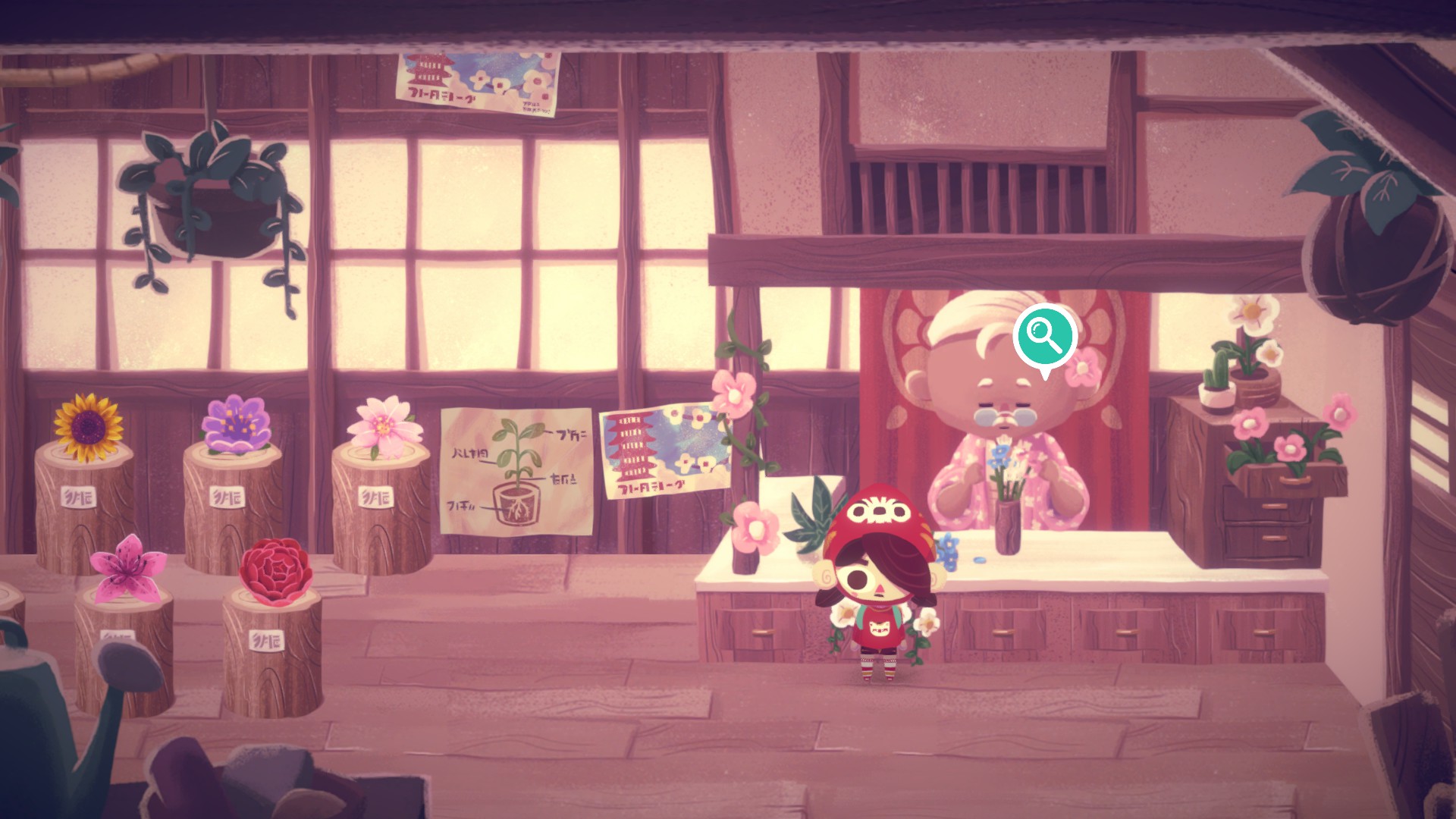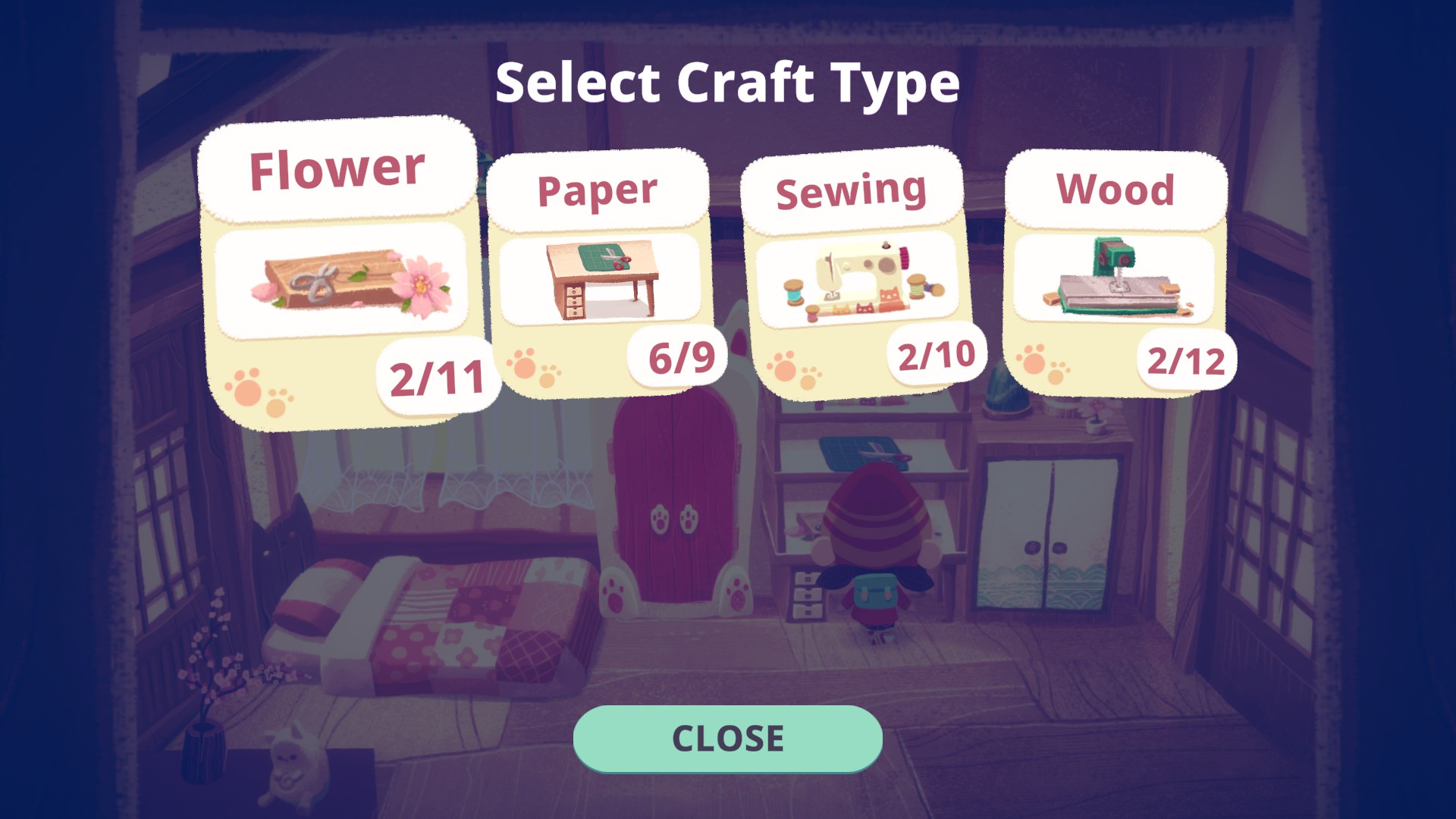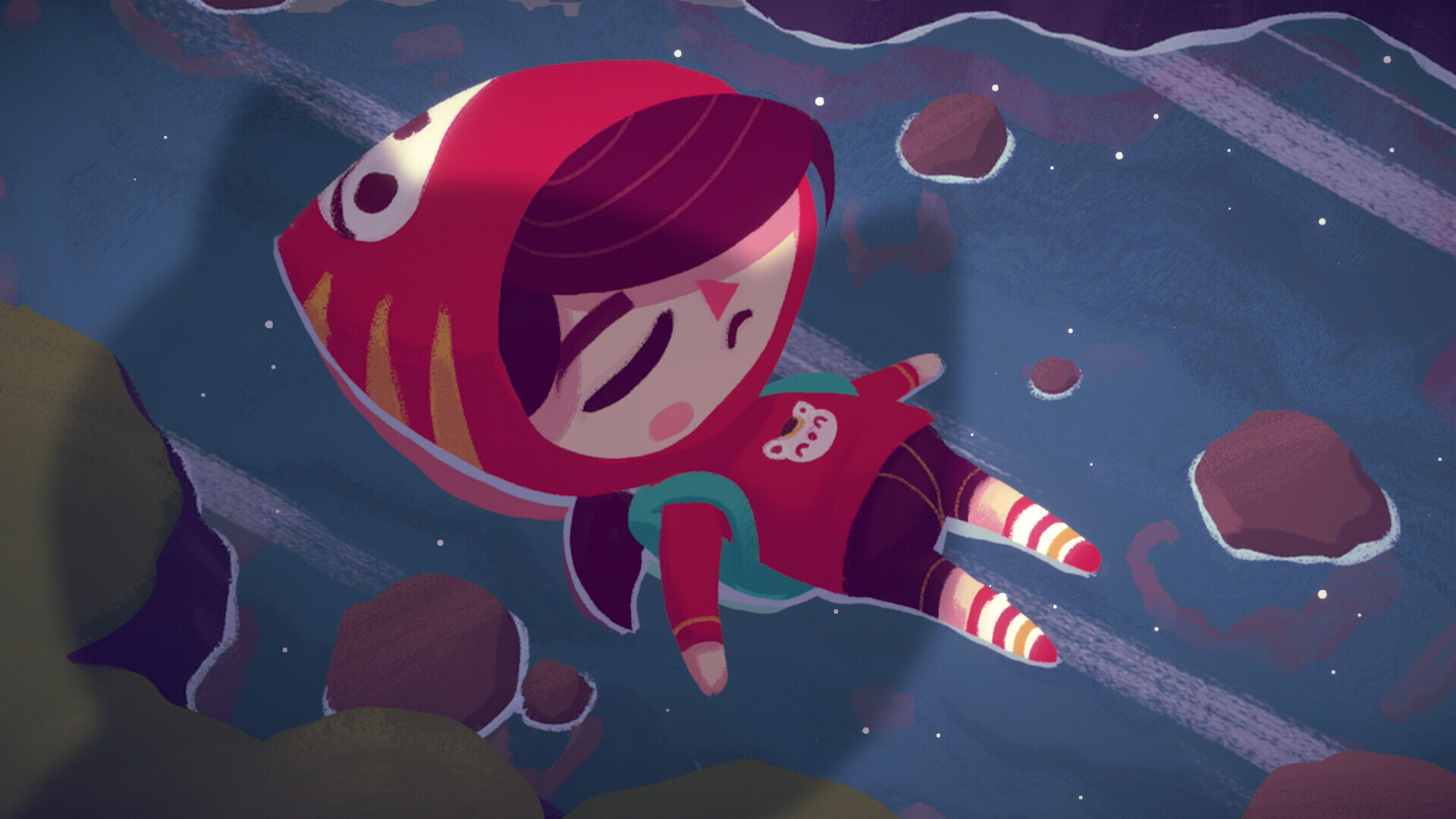Our Verdict
Between muddled gameplay and conflicted writing, Mineko’s Night Market can’t decide on an identity to fully embrace.
PC Gamer's got your back
What is it? A free market cat-pitalism simulator set in an alternate-reality Japanese island.
Release date September 26, 2023
Expect to pay £11.40 / $15
Developer Meowza Games
Publisher Humble Games
Reviewed on AMD Ryzen 5 3500U, Radeon Vega Mobile Gfx 2.10 GHz, 12 GB RAM
Steam Deck Tested
Link Official site
I don’t dream of labor. My thoughts aren’t filled with get-rich-quick schemes, I have never developed a “grindset,” and my browser history is free from searches on “how to start an LLC.” I may have to work for the things in this world I love most, but I will never pray to my job as though it were a god. In Mineko’s Night Market, there’s an actual god of commerce, and it’s a giant cat who lives in your shed.
As Meowza Games’ first outing, Mineko’s Night Market is a very cute and soft business management sim that kind of just papers over the fact that we’re making a young girl economically revitalize a whole town by selling crafts to neighbors. The writing is quirky, the setting is appropriately rural while still vaguely gesturing at modern trends, the art is this kind of pop-up picture book-ish style that feels just a little derivative while still managing to do the job—“be cute”—it was meant to do.
Unfortunately, there’s a serious tension between the game’s various systems—namely its wildly inflated economy, tedious central loop and the mechanics of fulfilling quests—and its story, and it’s a tension that is never fully resolved.
Mineko’s Night Market is a game that is grounded in myths that are both ancient and exceedingly modern. On the one hand, it makes gestures at various aspects of traditional Japanese folklore, like the Maneki-neko or Ebisu and the Seven Gods of Fortune. The game’s resident feline deity, Nikko, has shrines and statues in its image all over Mt. Fugu Island, in various states of disrepair. Its iconography can especially be found all over the village; all the villagers believe in Nikko as a real entity to varying degrees, and there’s even a shady government agency that seems to be hunting it. The game’s A-plot is focused on this folklore and eventually on protecting Nikko from those agents.
On the other hand, this is a game about capitalism, or rather, a very particular set of ideas about how capitalism ideally should work. The titular “Night Market,” a cross between a weekly cultural festival and swap meet, sits at the heart of this set of ideas, and our participation in it—making items to sell, participating in its special events, even attracting new vendors—seems like it’s the engine that makes the rest of the town magically more prosperous again. The B-plot is very concerned with us making enough tchotchkes to bring the village back to life.
Boom and Bust

One of the key facets of any small business simulator is that you have to balance your costs—time, labor, actual money spent—against your revenue. Even so, the economy in Mineko is seriously skewed. Stamina-replenishing items like cup ramen and sushi boxes cost upwards of $80. Basic tools like hand axes and fishing rods cost as much as a scalped PlayStation 5. More advanced tools, like specialized workbenches we earn for progressing, cost even more.
The best way to make money so that you can afford these items and move the story forward is to sell crafted items at the Night Market, so the majority of your week is spent wandering around the areas you’ve unlocked, picking up crafting materials. Doing so costs stamina, and running out means you can’t collect anymore that day. Eating and drinking can replenish stamina, but you can only consume three food or drink items per day, to start. Even if this wasn’t a factor, you can only seemingly visit two locations per day before the bus shuts down. A charitable read on this design decision is that it makes players think more strategically about what they want to do in a day, but really all it did was annoy me and artificially lengthen the game.

The act of crafting itself, and even some more advanced collecting tasks like chopping wood or fishing, requires you to successfully complete a quick-time event. Do so perfectly, and you get “perfect” craft items (or the most collected materials) which you can sell for more than the regular version of the same craft. The activities you complete to unlock new areas, usually some variation on “free x number of cats from the spooky government agents searching for Nikko,” don’t really provide that much more of a challenge either. This gameplay loop reigns supreme, even when new elements are added.
My own personal ideological bugbears aside, I genuinely think I would have preferred a version of this game that just leaned into the business sim stuff and eschewed the story altogether. Or, going in the reverse direction, I think I’d be happy with the game focusing on its story and making some of the roadblocks in the business sim design less prominent: no stamina meter, no or few restrictions on travel, tools costing less, a less-byzantine quest structure. The major saving grace here—the game’s cute art design and soothing soundscapes—still fails to distract from the problems at hand. Mineko’s Night Market wants to have the best of both worlds, and I think it gets in its own way as a result.
Between muddled gameplay and conflicted writing, Mineko’s Night Market can’t decide on an identity to fully embrace.


